Solar power is the most abundant energy source on the planet. Solar technology has developed rapidly over the past few years as we try to find the best way to harvest the sun’s huge natural power source. Now, it is possible to use the power of the sun to generate electricity and heat water in your home through solar panels.
If you are thinking about installing solar panels, there are several factors to consider. You need to work out which solar panel system works best in your home, this will depend on the space you have available and your budget.
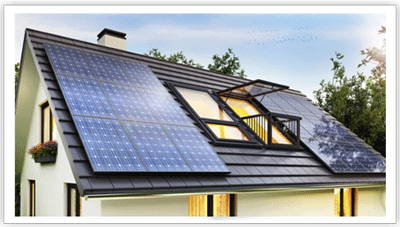
Environmentally friendly. Solar power is 100% renewable, and it even works on cloudy days. It is ‘clean energy’ that doesn’t produce greenhouse gases or other pollutants. Using solar energy reduces your carbon footprint.
Once you have made the initial outlay on the solar panels and other equipment, any energy you use is completely free. There is even an opportunity to make money from the surplus electricity you generate by selling to the national grid.
You do not need to go through the planning process to install solar panels. There may be some local rules, but your solar installation specialist can help.
This system is known as photovoltaics (PV) and these solar panels generate electricity from the sun’s rays. PV panels use an inverter to convert solar energy into usable electricity. You can use this electricity in your home, as a power for your appliances and you can also store it in a battery for use later in the day. It is even possible to sell excess your electricity to the national grid.
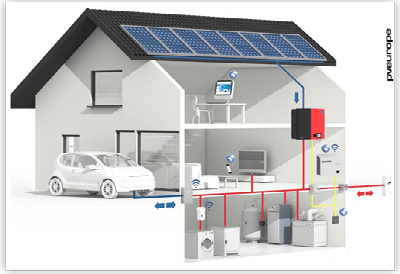

With this system, the sun heats water to use in your home. Water runs through coils in solar panels fitted on your roof and is heated directly by the sun’s rays. The heated water flows back into your water cylinder. You may also need a secondary, conventional water heater to get the temperature you want on cooler days. No electricity is generated, so you only benefit from hot water.
The initial cost of buying and fitting solar panels can add up to an enormous expense. However, as technology develops, costs lower. The price of solar panels has dramatically reduced over the past decade. Once installed, you will benefit from lower energy bills and, over time, these cost reductions should save you money.
The brighter the sunlight, the more effective the solar panels will be. Solar panels still operate on cloudy days, but they do not work during the night! This means you will need a ‘back-up plan’, such as access to another power source, or another method to heat your hot water.
The government is not currently offering any grants to help homeowners with the cost of fitting solar panels on their property.
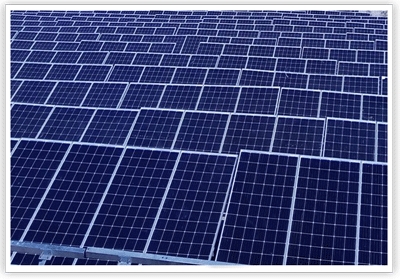
Polycrystalline solar cells were the first solar cells to enter the residential market in the 1980s. Manufacturing these panels is a straightforward process which makes them a more affordable option. Polycrystalline solar panels are made by melting silicone together and pouring it into a mould. Using ‘multi-crystalline’ silicon means there are many crystals in each cell and panels are less efficient. You will need more space to generate the same amount of energy as other designs of solar panels.
Monocrystalline premium solar cell is made using a more complex process, silicon is formed into bars and cut into wafers, creating a single crystal of very pure silicon. Monocrystalline cells are the most expensive type of solar system, but this system is more efficient than polycrystalline cells and so fewer panels are required. The panels are a dark black colour and last a long time; many manufacturers offer a 25-year warranty on this product.
Amorphous Silicon Solar originally used to power smaller appliances, such as pocket calculators, these solar cells are an emerging technology in the world of solar panels. When these amorphous, or unformed, cells are placed on top of one another their ability to generating electricity significantly improves. These cells only need small amounts of silicon compared to polycrystalline and monocrystalline cells, which makes them more cost-effective to produce.
The other advantage of these cells is their flexibility and llightweight This makes them easy to transport and install, some variants of amorphous cells can be used on curved surfaces. The major drawback with these cells is their low efficiency, but this will improve as the technology develops.
As with the amorphous cells, Thin Film Solar technology uses layers of photovoltaic cells on a base material (substrate). These cells are easy and cheap to manufacture, but they are not yet as efficient as Polycrystalline or Monocrystalline cells. They are flexible and easy to install and use different photovoltaic materials including cadmium telluride, copper indium gallium selenide, organic PV cell.
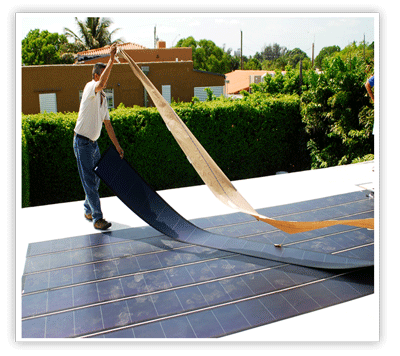
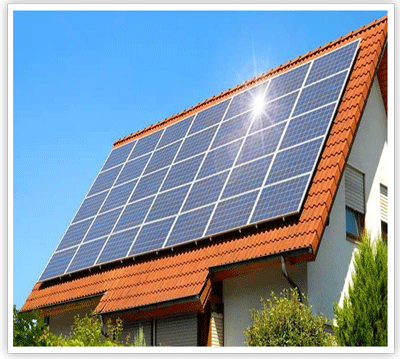
Biohybrid solar cells are a new kind of renewable energy that recreates the natural process of photosynthesis to generate electricity. Biohybrid cells are made up of a plant protein that photosynthesises in sunlight. This process creates chemical energy, which is then converted into electricity. This system is incredibly efficient, performing at nearly 100% efficiency, compared to around the 40% efficiency of a traditional photovoltaic (PV) cell. However, as development is in its early stages, it cannot yet produce as much power as a traditional PV cell.
Biohybrid solar system looks very different from a traditional solar panel and can even be made to look like ‘normal’ roof tiles. The technology is significantly cheaper to manufacture because it uses plant protein, rather than expensive metals, like silicon. This development in renewable energy is still in its infancy and the lifespan of these cells is very short, only lasting up to nine months.